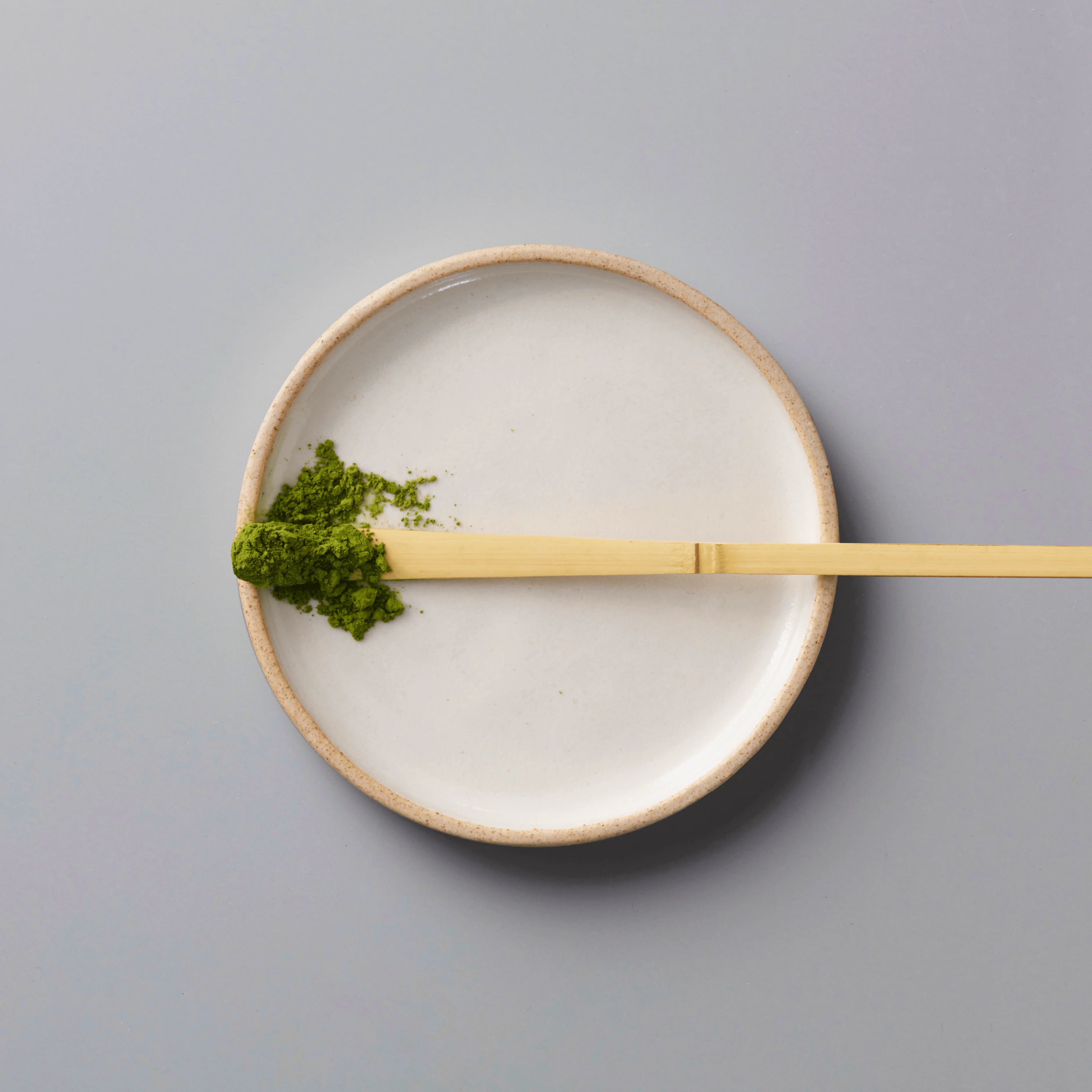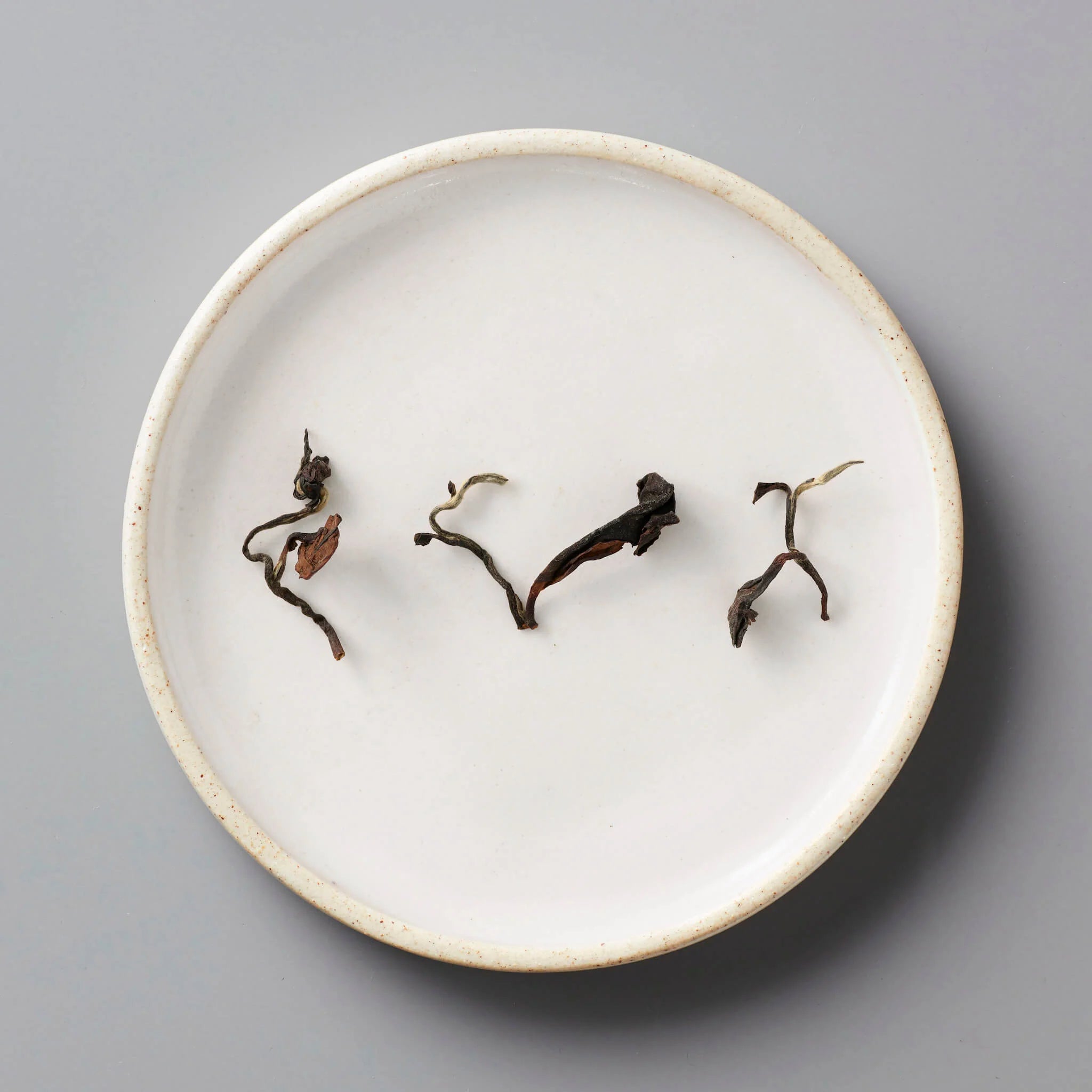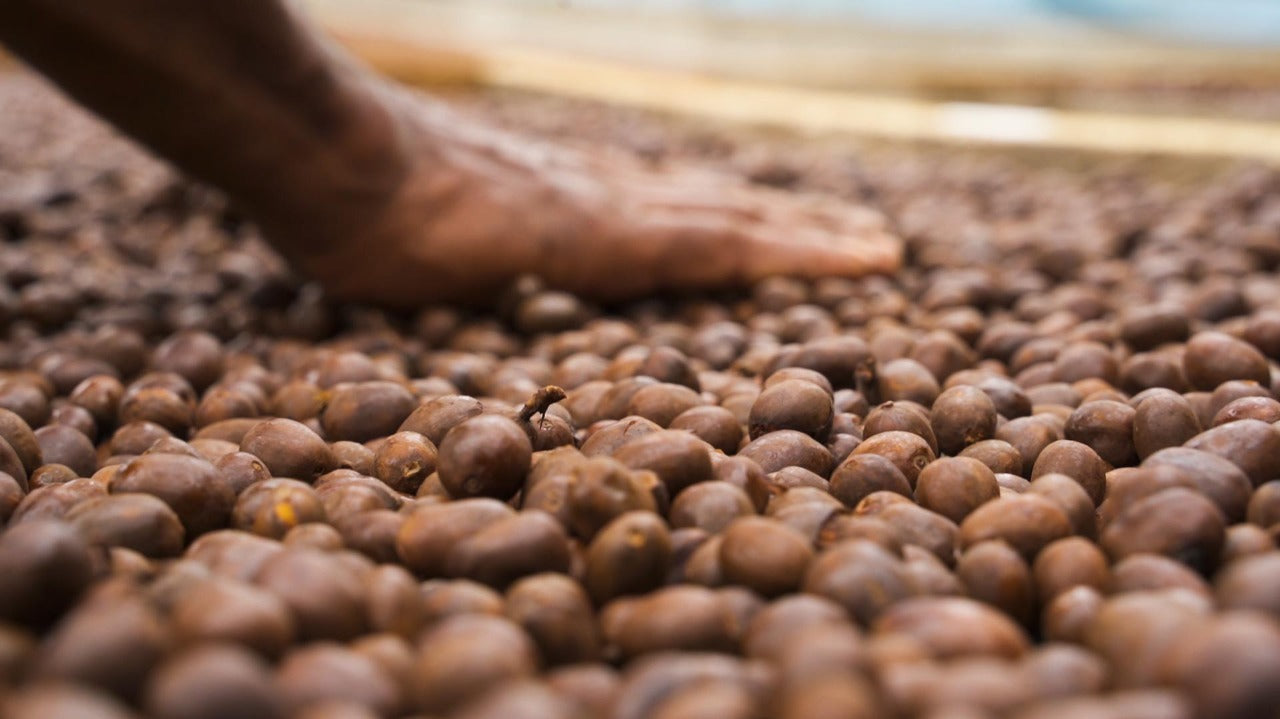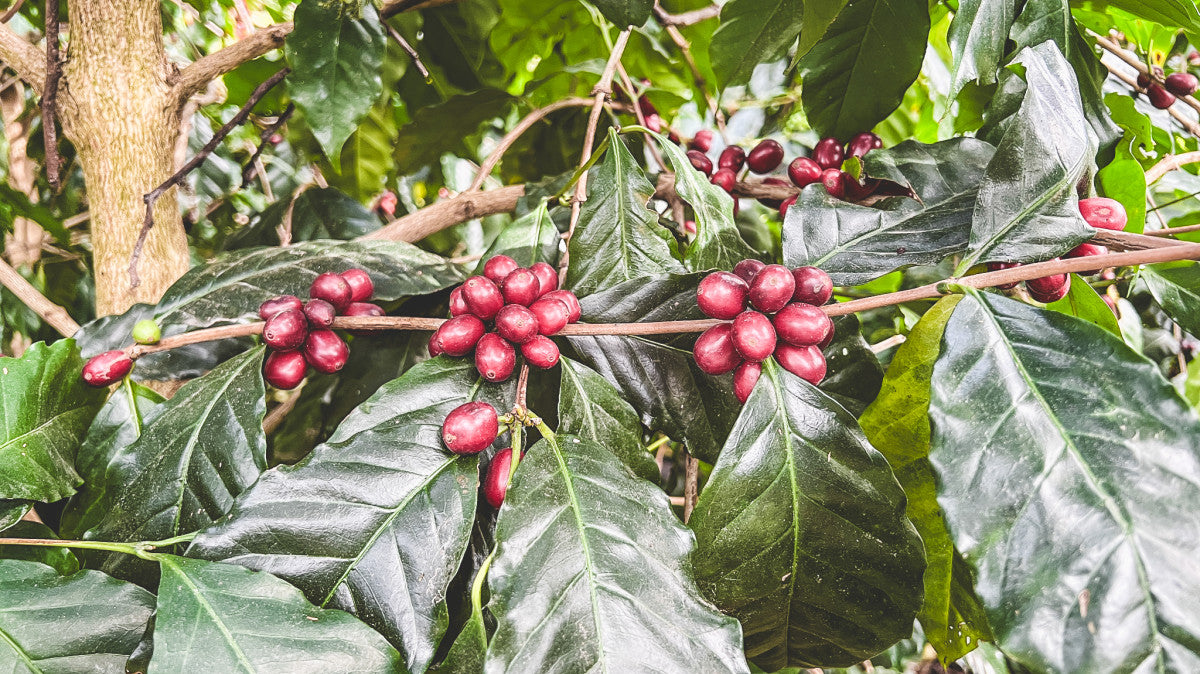The Coffee Notebook
The Honey Process in Coffee: An Ecological Method that Transforms Flavors
Co-fermentation: a revolution for specialty coffee
Fermentation in coffee: experiments
Fermentation in coffee: the basics
What interests us today is controlled fermentation. We'll look at 3 basic types of fermentation: carbonic maceration, aerobic fermentation and anaerobic fermentation.
What are the different coffee pulping processes?
The little green beans we use to bring you the black gold you love so much are not so easy to obtain. It's on farms, often on the other side of the world, that the coffee cherry is transformed into a green bean ready for shipment.











